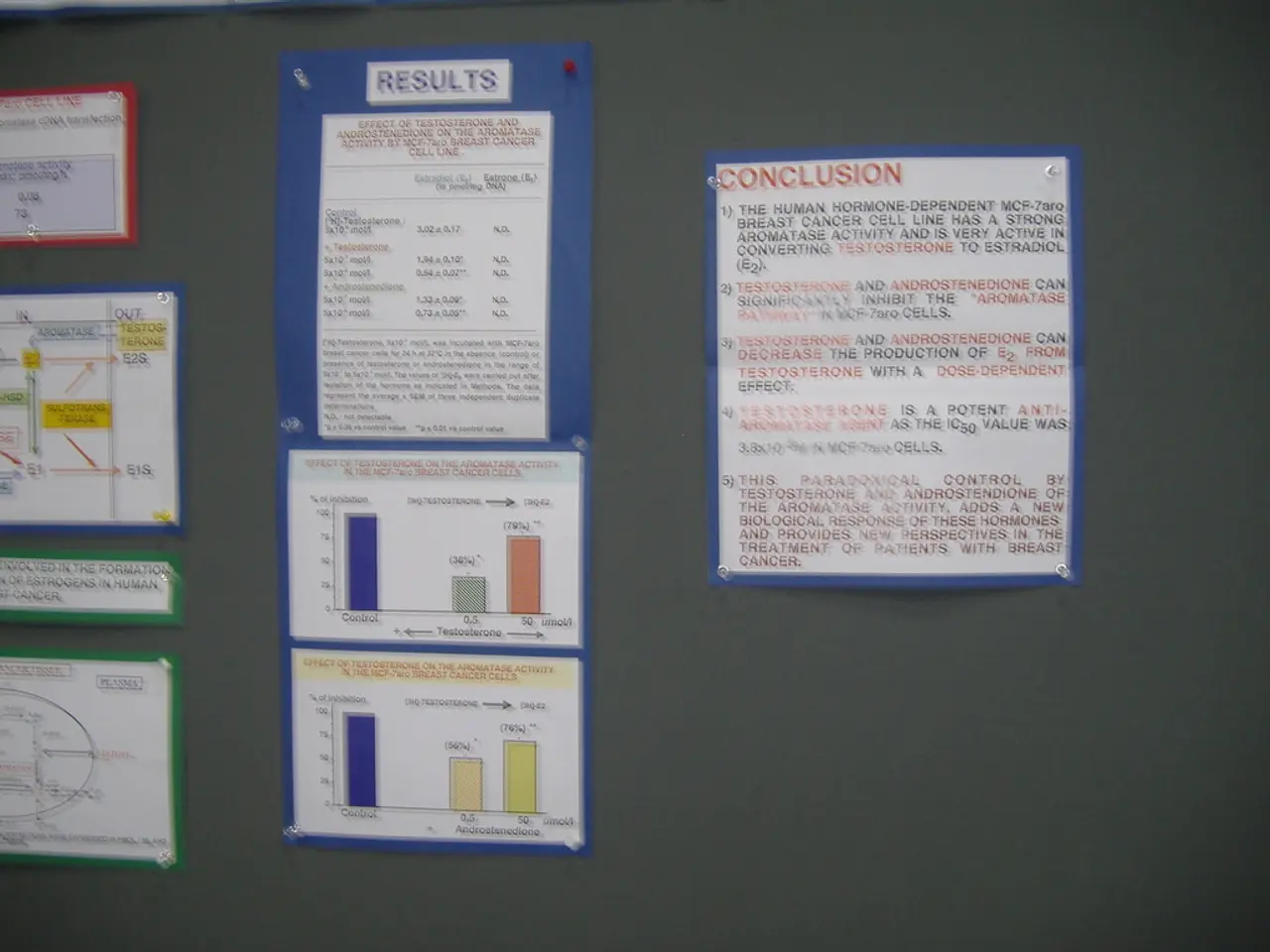Guiding Essentials of Agile User Experience Design: Lean UX Explained
Lean UX, an approach to user experience (UX) design, is gaining traction in Agile development projects. This methodology leverages assumptions, hypotheses, and Minimum Viable Products (MVPs) to streamline the design process and ensure user-centric solutions.
## **Assumptions and Hypotheses**
At the core of Lean UX is the practice of making assumptions about user needs and behaviours. These assumptions are then transformed into hypotheses, which are tested through user feedback and experimentation. This iterative process enables teams to validate assumptions early on, ensuring that product development aligns with user needs[1][3].
## **Minimum Viable Products (MVPs)**
MVPs are pivotal in Lean UX within Agile environments. An MVP is a functional and testable version of a product that includes only essential core features to deliver value to early users. By launching an MVP, teams can collect real-world feedback, validate core assumptions, and identify what works and what doesn't. This approach helps avoid building unnecessary features and reduces the risk of development[2][4].
## **Iterative Development and Feedback**
Lean UX emphasises rapid and continuous experimentation. Products are designed to solve one core problem well, and then iterated upon based on user feedback. The **Build – Measure – Learn** cycle is crucial in this approach:
- **Build**: Create a minimal version of the product. - **Measure**: Collect user feedback and metrics. - **Learn**: Iterate based on validated learning to improve the product[2][4].
## **Team Setup and Collaboration**
Lean UX often involves cross-functional teams that include design, product, and marketing. This setup ensures that all stakeholders are aligned from the outset, making it easier to iterate and adapt based on user feedback. The focus is on collaboration and flexible decision-making, allowing for quick responses to changing user needs[1][3].
## **Documenting and Deliverables**
In Lean UX, documentation is kept lean and focused on the most essential elements. The emphasis is on creating prototypes, user personas, and other deliverables that facilitate experimentation and learning rather than detailed specifications[3]. This approach allows teams to quickly adapt to new insights and user data.
## **Collaborative UX Work**
In Lean UX, development resources may participate in "hands-on" UX work, increasing the level of understanding and support for UX work within the development team. This collaboration fosters a shared understanding of user needs and promotes a user-centric approach throughout the project[5].
## **Testing and User Research**
User research and testing in Lean UX are based on the same principles as in traditional UX environments, but the approach tends to be "quick and dirty" with a focus on raw data. Responsibilities for research are spread more widely across the whole team to avoid bottlenecks[6].
By combining these elements, Lean UX in Agile development fosters a culture of rapid experimentation, user-centric design, and continuous improvement, ultimately leading to more effective and user-friendly products.
[1] http://www.uxbooth.com/articles/lean-ux-a-primer-for-ux-designers/ [2] http://www.uxmag.com/articles/the-minimum-viable-product-mvp [3] http://www.smashingmagazine.com/2012/05/lean-ux-how-to-create-user-centered-products-with-minimum-effort/ [4] http://www.uxmatters.com/mt/archives/2012/06/the-lean-ux-approach.php [5] http://www.uxmatters.com/mt/archives/2012/06/the-lean-ux-approach.php [6] http://www.uxbooth.com/articles/lean-ux-a-primer-for-ux-designers/
- Agile development teams adopt Lean UX methodology, relying on assumptions and hypotheses about user needs to streamline the design process and ensure user-centric solutions.
- By creating Minimum Viable Products (MVPs) with only essential core features, teams can collect user feedback, validate core assumptions, and identify what works and what doesn't in an Agile environment.
- In Lean UX, designers collaborate with development and marketing teams, fostering a shared understanding of user needs, quick responses to changing user needs, and a user-centric approach throughout the project.
- Education-and-self-development resources, such as online-education platforms, provide valuable insights into data-and-cloud-computing, UX design (including both UI and UX design), and technology to further enhance Lean UX practices.
- Practitioners of Lean UX adhere to the Build – Measure – Learn cycle, iterating the product based on user feedback to deliver more effective and user-friendly solutions through rapid and continuous experimentation.




